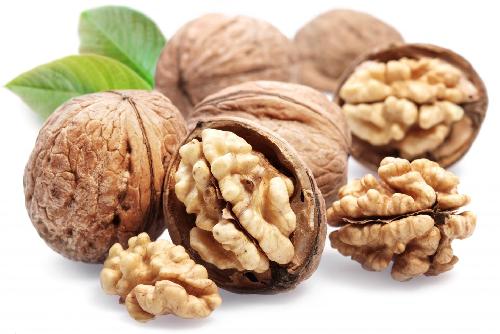Folsom, Calif., (Dec. 1, 2015) - A new study published in the Journal of Nutrition found that one serving of walnuts (1oz) may provide 146 calories, which is 39 calories less, or 21 percent fewer, than the 185 calories listed in the USDA Nutrient Database. (1) The study takes into account the digestibility of walnut pieces and halves, and further research is needed to better understand the results of the study and how this technique for calculating calories could potentially affect the calorie count of other foods. The research was led by Dr. David J. Baer, PhD, Supervisory Research Physiologist at the Agricultural Research Service, United States Department of Agriculture (USDA).
Historically, the calorie value for walnuts was determined using the Atwater factors, which were developed in the late 19th century and calculates metabolizable energy, or energy available to the body, for many foods. Dr. Baer's research, which used the bomb calorimetry method to calculate calories of walnuts metabolized by the study participants, found that the metabolizable energy of walnuts was 21 percent less than that predicted by the Atwater factors.
"The potential for using this method to investigate the calorie content of walnuts is intriguing," said Dr. Baer. "Given the potential health benefits of consuming walnuts, including the reduced risk for cardiovascular disease (2), it is worthwhile to understand the calorie content of walnuts in the human diet and potentially reduce the barriers to their consumption."

To reach the outcome of the study, the research team studied 18 healthy adults. Each person was assigned randomly to a sequence of two diets: a controlled American diet without walnuts for a 3-week period, and a controlled diet with 1.5 servings of walnuts (42 grams) for another 3-week period. Total calorie levels were consistent for individual participants across both treatment periods. Administered diets, walnuts, fecal and urine samples were collected and subject to bomb calorimetry, to measure calories, and the resulting data were used to calculate the metabolizable energy of the walnuts.




Comments